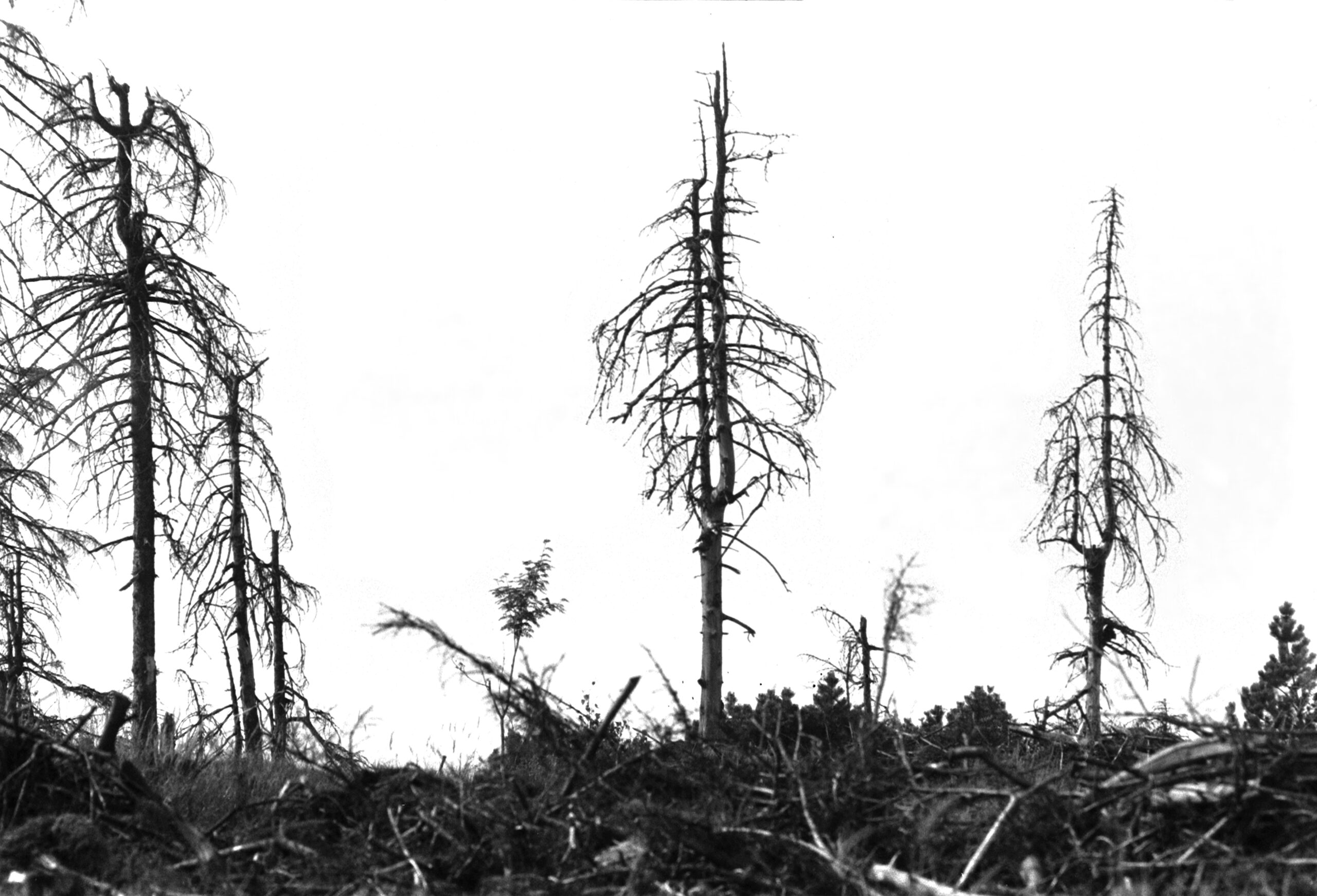Daniel Wolter completed his doctorate in Media Art at the Bauhaus-Universität Weimar in 2024 (title of his doctoral thesis: “Sensing Fields: The Cybernetization of Nature Perception Using the Example of the Schorfheide-Chorin Biosphere Reserve.”). In 2011, Wolter completed a diploma in textile and surface design at the Kunsthochschule Berlin-Weißensee, where, until 2012, he was subsequently a master student of Prof. Tristan Pranyko in the Experimental Design department. He spent a guest semester in 2008 at the Estonian Academy of Art in Tallinn. His artistic works were exhibited in a 2023 solo show at the Humussphärenreservat, Stallmuseum, Groß Fredenwalde in Brandenburg. He has been awarded numerous grants, including from the DAAD, with the projects “Go East” (2008) and “Ars Bioarctica Residency Program” (2017), as well as from Migrating Art Academies (MIGAA) from 2014 to 2017. Wolter received the GUI research grant in 2024 for his project “The Environmental Movement in the GDR: A Media-Ecological Perspective.”
This research project combines media studies and artistic approaches to examine various image groups from the archive of the Robert Havemann Society, all of which are relevant to the environ-mental movement in the GDR. Wolter explores the archival material from a ‘media-ecological’ per-spective, whereby the extended materiality of the respective media is also taken into consideration. Such a perspective can expand the medial context of both individual images and image groups. In this way, the photographs no longer only reveal how the environment is inscribed within the medi-um of photography (through the process of being photographed), but also bear witness to ecologi-cal processes in which media themselves—in the course of their industrial production—inscribe themselves into the environment (as, for example, when chemical waste products from the Bitter-feld-Wolfen film factory were discharged into nearby waters).
The observations of the (predominantly male) photographers are scrutinized with regard to their implicit notions of the natural world and the environment: What kind of a perception of the envi-ronment is revealed in the images? To what extent is a dualistic understanding of culture and nature made clear? What forms of ecological thinking are testified to by the images?
Using an artistic-research approach, the archival material is also reconsidered as aesthetic matter and, thereby, removed from its institutional contexts: a contemporary view of the materials will be developed on its own terms through the bringing together and juxtaposition of the images. What aesthetic, ecological, and political insights can be gained from the material only now?
